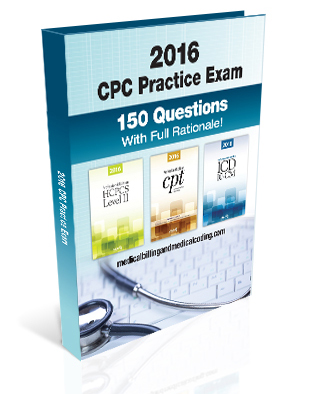Submitted by: Jennifer Cooper
You must probably be contemplating of going into military service. You might be thinking right now that you're qualified for the military services, so, you're asking yourself "Where will I take the ASVAB exam?" You can deem yourself objectively adept at survive the military training camp. On the contrary, this is only the easy part of the whole process. The most critical thing is that you should pass the ASVAB test.
The Armed Services Vocational Aptitude Battery or more generally called ASVAB is a sequence of multiple-choice psychological exams laid out to rank an applicant’s Military Occupational Specialty or MOS. The job choices obtainable in the military service are almost generally based on one's ASVAB exam average mark. In order to pass the exam, one must receive a score of at least 42-50 in the ASVAB exam which comprises of topics on Arithmetic Reasoning, General Science, Paragraph Comprehension, Word Knowledge, Numerical Operations, Auto and Shop Information, Mathematics Knowledge and Mechanical Comprehension.
Now that you know this, we are back to the original question: "Where could I take the ASVAB exam?"
Essentially, there are three answers to the inquiry of "Where could I take the ASVAB examination ". First, one may go to a military head hunter, either through personal contacts or online. The military recruitment agency will be gauging whether or not you are good for the military then go on to setting up a schedule for you to take the ASVAB assessment at the nearest Military Entrance Processing Station or MEPS or an associated Military Entrance Test or MET location.
On the contrary, there is the ASVAB Career Exploration Program that makes the ASVAB exam available to post-secondary and high school students. The Career Exploration Program assists students to maneuver through careers in both the civilian and military fields of work. To get entrance to the ASVAB Career Exploration Program, one has to speak with a teacher or counselor.
Lastly, if one is for the time being serving the military but loves to take again the ASVAB assessment in order to be reclassified for on-the-job-training, the ASVAB exam is at the same time administered by the Services. Typically, the ASVAB examination is computer-based but it isn’t ready for use on the web.
On the contrary, a student could take ASVAB on the internet practice exams that duplicate the layout and subject matter of the authentic ASVAB exam. Such online exams can certainly help prepare the individual for the actual examination, not just in getting familiar with what subjects the assessment includes, but more especially, in fostering the student’s tenacity in finishing the exam in the appointed time while not cracking under anxiety and stress and getting mental block in the middle of the examination.
As the cliché goes, practice makes perfect. So practice, practice, practice! Then practice some more. Try those online exams! While there are numerous ways to take the ASVAB exam, what is more important is that you allow enough time and effort in preparation for it.
About the Author: Jennifer James Cooper
http://www.asvabpracticetest.us/
Source: www.isnare.com
Permanent Link: https://www.isnare.com/?aid=991438&ca=Education
